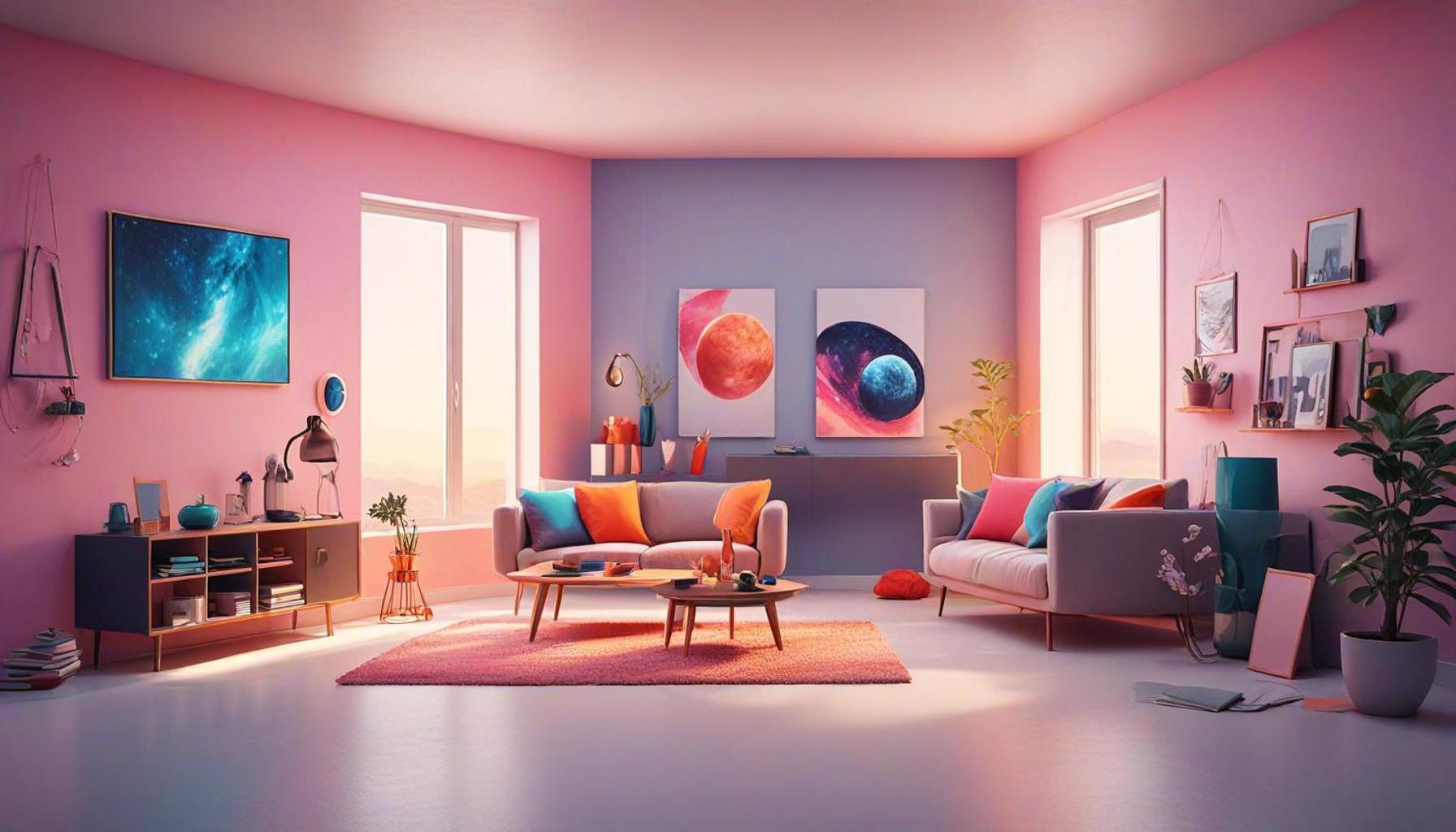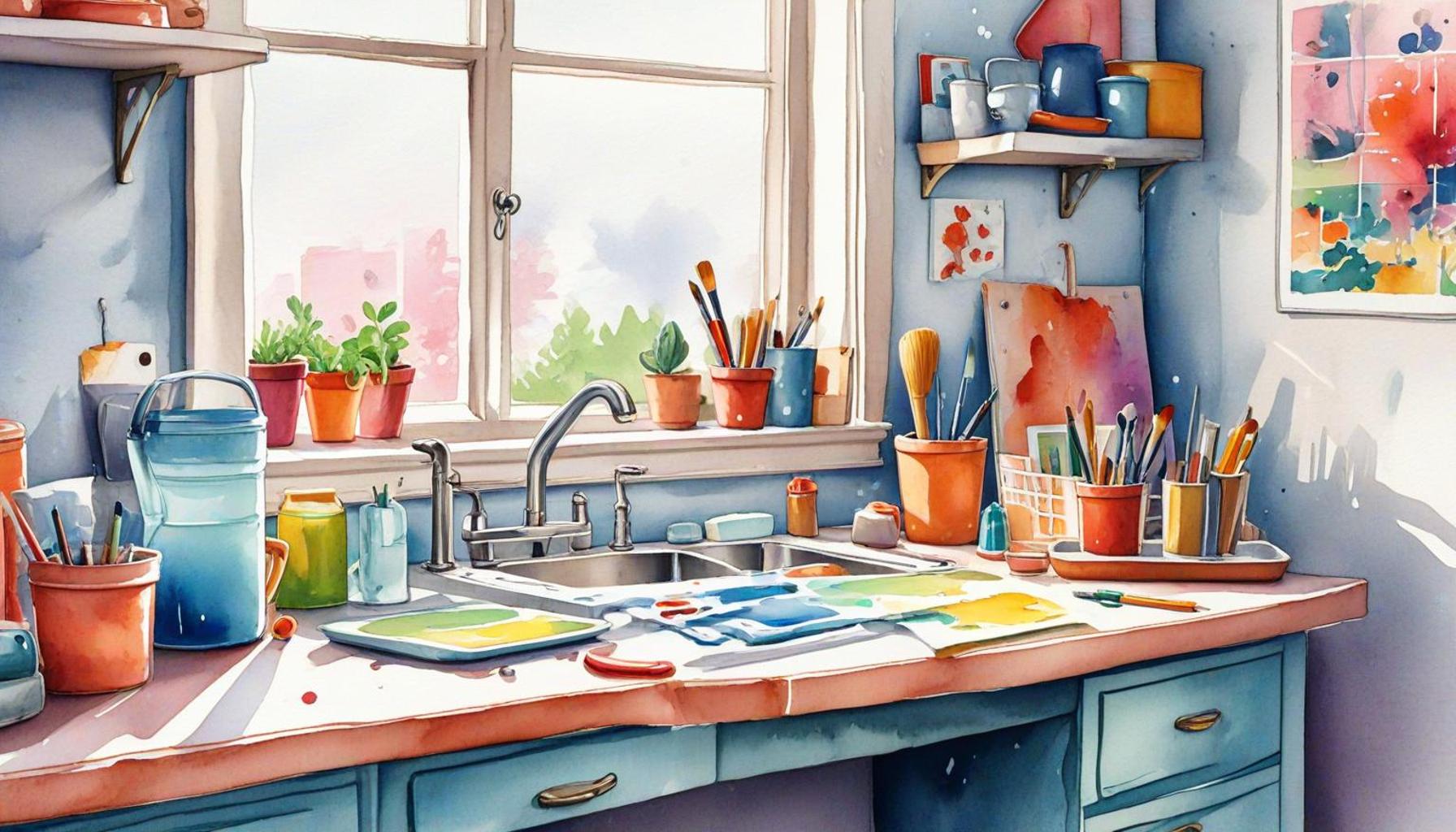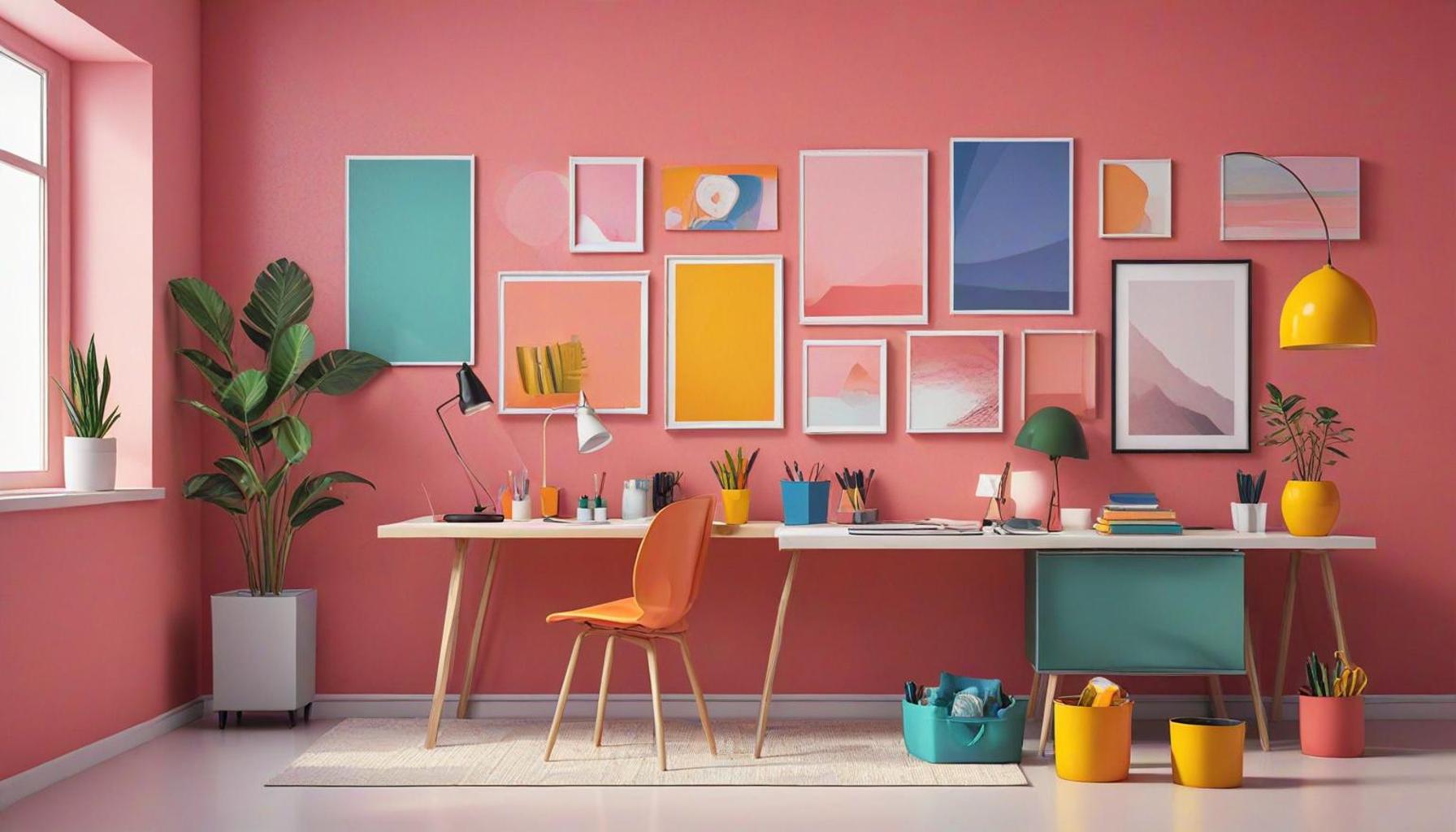Create Efficient Spaces with Minimalism Tips to Optimize Your Home
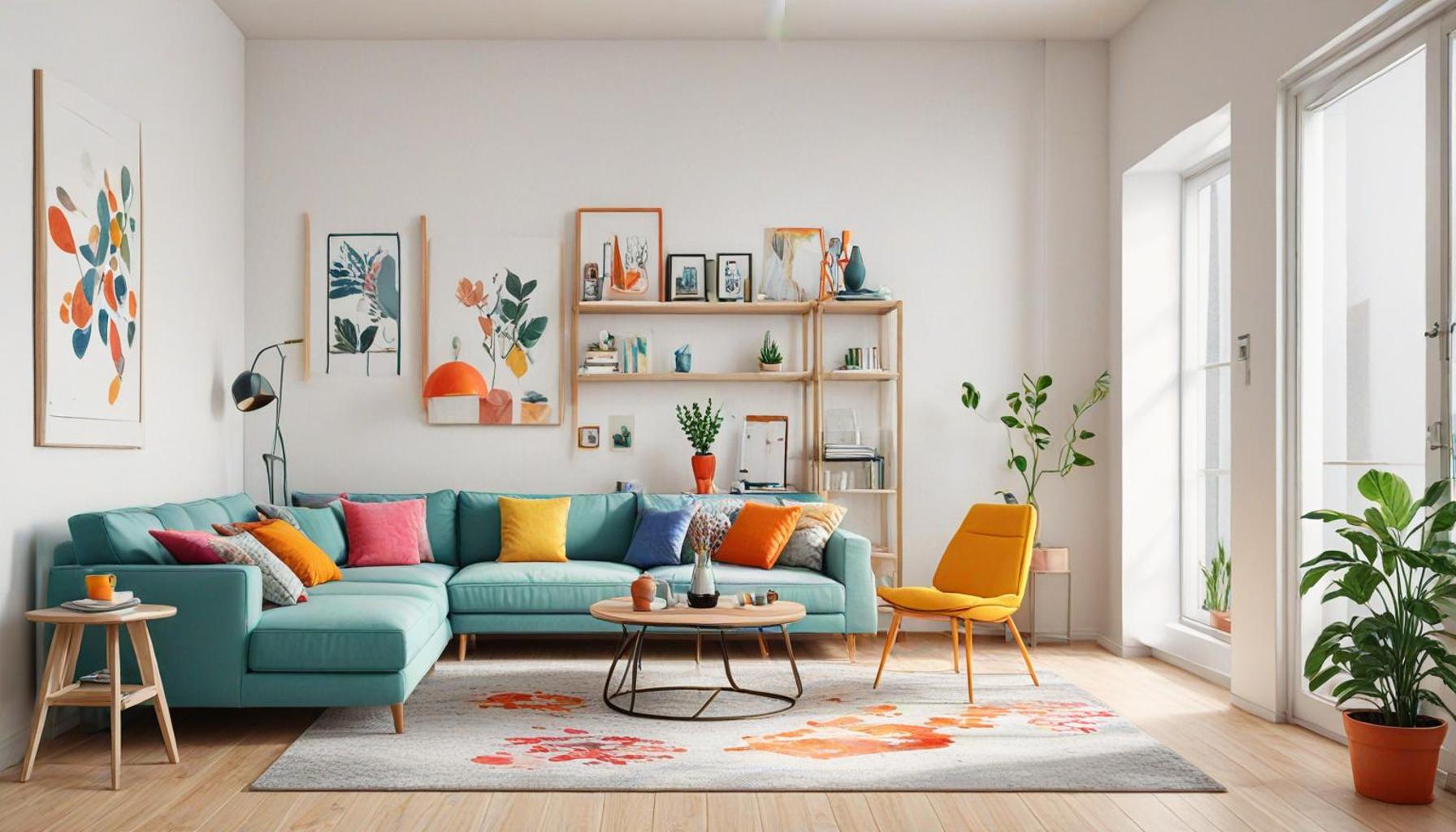
As urban living continues to evolve, the quest for efficient spaces becomes paramount. Minimalism offers a powerful approach that not only declutters our surroundings but also enhances our daily routines. By embracing minimalism, individuals can discover a harmonious balance between functionality and aesthetics, transforming every corner of their homes into purposeful areas.
The relevance of minimalism transcends mere trend; it represents a lifestyle choice rooted in intentional living. By prioritizing quality over quantity, we can create environments that foster greater well-being and peace. This philosophy encourages us to reflect on our possessions and their true value in our lives.
In this article, we’ll delve into a curated Top 5 list of valuable tips for optimizing your home through minimalism. From clever storage solutions to mindful decorating strategies, you’ll uncover practical insights that can help you maximize every inch of your space.
DIVE DEEPER: Click here to unlock mindful choices
Top 5 Tips for Creating Efficient Spaces Through Minimalism: How to Optimize Every Corner of Your Home
In our fast-paced world, where consumerism often encourages accumulation, there exists a refreshing counter-movement: minimalism. This philosophy advocates for living with less to achieve more—specifically, more space, more freedom, and more peace. Whether you’re downsizing to a tiny apartment or reimagining your current living conditions, minimalism offers a framework that can transform your home into a harmonious, efficient oasis. Join us as we delve into the top five tips to help you master the art of minimalism, ranked from five to one. Each tip not only shows how to optimize space but also encourages living with greater intent.
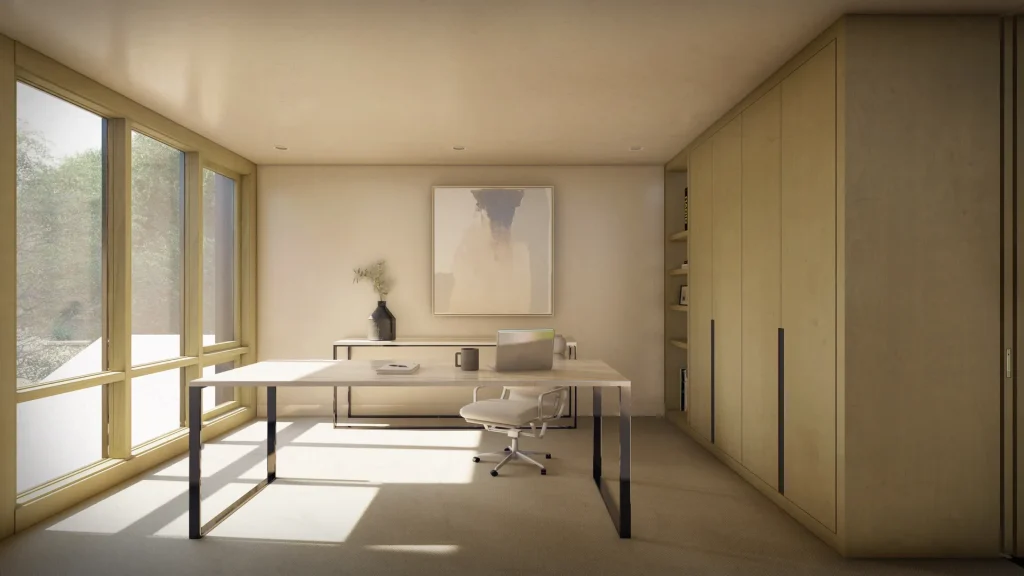
5. Embrace Multi-Functional Furniture
The cornerstone of minimalistic space efficiency is multi-functional furniture. With urban living spaces shrinking, the need for versatile furnishings has swelled. The essence of this concept is to combine utility with design aesthetics, thus allowing you to fully utilize every square inch of space without sacrificing style or comfort.
For instance, in cramped studio apartments, a sofa that morphs into a bed exemplifies divine functionality, seamlessly transitioning from a cozy place for guests to sit to a comfortable place to sleep. Storage ottomans similarly pull double duty, offering a chic space to rest your feet, while concealing linens or magazines beneath their cushioned tops. Murphy beds, which fold back into walls, dramatically free up space during daylight hours, enabling your living room to double as a dance floor or workout studio.
By investing in versatile pieces, you transform your home into an adaptable habitat, furnishing it with items that personify utility. These solutions not only enhance your quality of life but also contribute to a minimalist beauty, revealing space where once there appeared to be none.
4. Implement a “One In, One Out” Policy
Adopting a “one in, one out” policy serves as a shield against creeping clutter. The practice fosters intentional buying, ensuring that newfound space remains sacred and unperturbed by impulsive acquisitions.
To implement this policy effectively, begin by identifying true necessities prior to shopping. This premeditated approach minimizes regretful purchases. Concurrently, aligning acquisitions with departures can be liberating. For instance, that redundant blender collecting dust could find purpose elsewhere as you bring in a sleek new model. Furthermore, monthly audits of personal inventory can illuminate items bearing little value, ripe for donation or recycling.
This policy gives rise to a balanced home environment, one where every object has its place and purpose—echoing your values and bringing clarity to your domestic landscape.
3. Create Defined Zones
The demarcation of defined zones in your domicile isn’t merely about aesthetics; it’s about imposing order amidst chaos. Each room serves as a canvas where designated functions can thrive unencumbered by unrelated activities.
Picture your living area divided into distinct purposes: one nook reserved for tranquil reading, another for social interactions, and yet another for digital entertainment. Similarly, a specified workspace—free from distractions typical of other household areas—encourages productivity and concentration.
Well-labeled storage areas further amplify organization, creating intuitive arrangements that reveal essential items at a glance. Defined zones are your compass in navigating daily life seamlessly and efficiently, reducing stress and maximizing personal productivity.
2. Opt for a Neutral Color Palette
A neutral color palette acts as an invisible thread that weaves together disparate elements, producing a cohesive, calming atmosphere. This palette of subtle hues evokes tranquility, allowing spaces to breathe and blend organically.
Utilize soft whites, earth-hued beiges, or subdued greys to swathe your walls and dominate your larger furniture pieces. The quiet elegance of these colors creates an illusion of expanded space, drawing in light and instilling calmness. To introduce depth and warmth, employ texture-rich textiles—like woven throws or linen curtains—rather than opting for jarring patterns or exotic tones.
For those bursts of personality, lean into understated accessories—perhaps a tasteful framed print or a single vibrant cushion—that can be swapped out with the seasons. This deliberate visual restraint strengthens the home’s sense of purpose, fostering effortless styling and timeless allure.
1. Declutter Regularly
At the pinnacle of our minimalist toolkit lies the practice of regular decluttering. This ongoing initiative is the linchpin for maintaining an orderly sanctuary free from unnecessary possessions.
Establishing a decluttering routine is intrinsic to long-term success: examine your belongings systematically, room by room, discerning functionless items from those you cherish. Whether conducted annually or as frequently as monthly, these sessions reinstate balance and prevent accumulation. Regular rotations through the wardrobe, kitchen, and storage assist in quick decision-making regarding retention or removal.
Integrating this habit not only rejuvenates physical space but also revitalizes mental clarity. With fewer objects vying for attention, you can channel energy into what truly matters—an approach that underpins the minimalist lifestyle and fortifies the concept that a home isn’t defined by what it holds, but by the space it preserves for life’s experiences.
By implementing these transformative tips, you embark on a minimalist journey that streamlines your space and enriches your living experience. In crafting environments driven by purpose and simplicity, minimalism becomes not just an aesthetic choice but a pathway to greater intentionality and freedom. Embrace this journey, and let each corner of your home reflect the clarity and balance of a minimalist ethos.
DISCOVER MORE: Click here for minimalist décor inspiration
Frequently Asked Questions about Creating Efficient Spaces through Minimalism
What is the essence of minimalism when organizing a home?
Minimalism focuses on simplifying your environment by reducing clutter to create a calm and functional space. The essence of minimalism lies in the principle of “less is more”. By keeping only what is necessary and cherished, and eliminating the unnecessary, you can create a serene and efficient space that serves your lifestyle without distractions.
How can minimalism improve the functionality of my home?
By adopting minimalism, you can enhance your home’s functionality by ensuring every item has its own purpose and place. This approach reduces the time spent in cleaning and organizing. Moreover, minimalism encourages the use of multi-functional furniture and designs that adapt to your needs, which can optimize space in smaller living areas.
Can minimalism affect my mental health in a positive way?
Yes, minimalism can have a significant positive impact on mental health. A clutter-free environment contributes to a reduction in stress and anxiety. The simplicity of a minimalist home provides a peaceful atmosphere that can lead to increased focus and calmness. Living in such an environment allows individuals to prioritize well-being and mental clarity on a daily basis.
Where should I begin my journey towards a minimalist home?
Starting with minimalism can be overwhelming, but the best approach is to begin with one small area at a time. Consider starting with a single room or even a corner of a room. Evaluate which items are truly essential and which could be donated or discarded. Remember, the goal is to prioritize your living space’s efficiency and harmony, one step at a time.
DISCOVER MORE: Click here to find out how minimalism can transform your life
Conclusion: Embracing Efficiency Through Minimalism
Creating efficient spaces through minimalism offers a compelling strategy for those seeking to optimize every corner of their homes. By focusing on decluttering, intentionality, and purposeful design, you can transform your living space into an oasis of order and tranquility.
The article underscored the importance of assessing your needs and prioritizing essentials. This step allows you to eliminate unnecessary items, paving the way for a more tailored and functional living environment. Incorporating multi-functional furniture emerged as another crucial tactic. These pieces not only conserve space but also enhance practicality, supporting a more streamlined lifestyle.
Moreover, the significance of strategic storage solutions cannot be overstated. Clever storage not only hides clutter but also ensures that essential items are easily accessible. Lighting and color schemes were highlighted for their ability to amplify the perception of space. A thoughtfully chosen palette paired with natural light can make even the smallest rooms feel open and inviting.
Finally, the article advocated for regular reassessments of living spaces to maintain minimalism. Life changes, and so should your space. Regularly evaluating your possessions and living patterns ensures that your home continues to reflect your current needs and preferences.
In conclusion, minimalism is not merely an aesthetic choice but a comprehensive approach to improving personal organization and enhancing the functionality of your living environment. As you journey towards a minimalist home, remember that the ultimate goal is to craft a space that supports your lifestyle, promoting peace and efficiency while embracing a less-is-more philosophy. This move toward minimalism promises not just a physical transformation, but a mental one as well, offering a path to clarity and calm in an often chaotic world.
